
How to Dig a Volleyball
Introduction to Dig in Volleyball. In this article, complete information about Dig in volleyball is given. It was the final set, match point. The crowd held its breath as the ball rocketed towards the court. Just when it seemed all hope was lost, the libero lunged forward, executing a perfect dig.

The Volleyball Dig What Is It, When To Do It and How To Dig A Ball
Volleyball dig is a key element of defence in the sport of volleyball. If done right, volleyball dig can also become the beginning of a successful volleyball attack. When digging the ball correctly you make it easy for a volleyball attacker to carry out a successful hit. So, the job of a volleyball digger is to resist the opposing team's.
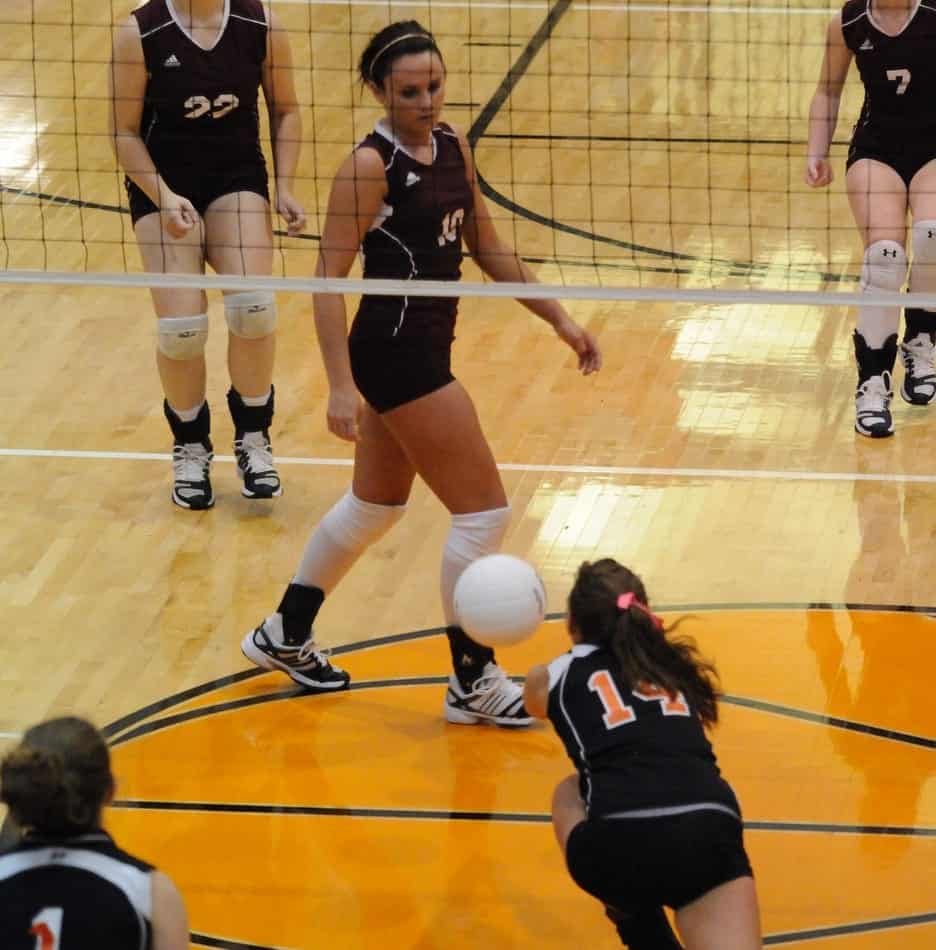
What Is A Dig In Volleyball? Lessons, Drills, And Techniques Better At Volleyball
A dig is a defensive play in volleyball where players use their forearms (or hands) to prevent the ball from hitting the ground. A dig may involve lunging, diving, or any other reactive moment. Digs mostly happen when an opposing player serves or spike the ball toward your team.
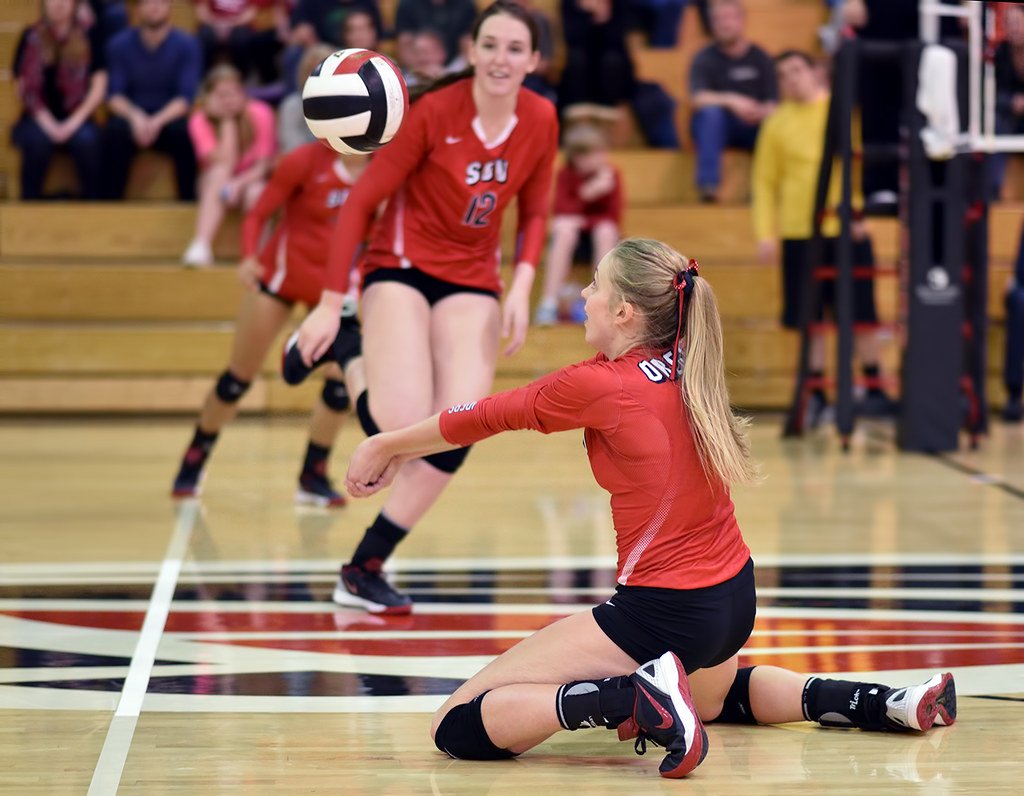
Learn How to Play Volleyball Rules, Skills, How To Play and Positions
The volleyball dig or digging a volleyball up in defense means that you are able to keep an attacked ball by the opposing team off your court floor. What is a volleyball dig? When both arms are held together at the wrists so your arms form a flat surface, called a "platform" for the ball to bounce off of.

The Volleyball Dig What Is It, When To Do It and How To Dig A Ball Volleyball dig, Volleyball
A dig is one of the basic moves in volleyball, but doing it effectively is a challenge, especially when attempting to save a hard spike from hitting the ground (or your face!). Done properly, digging a spike is not simply a defensive maneuver -- preventing the opponent from scoring -- but the transition into your team's offence.

volleyball dig Bing Images Volleyball dig, Volleyball, Volleyball pictures
The dig is a defensive move employed when a player passes a hard-hit attack from an opponent that's close to the ground. The aim is to prevent the ball from touching the floor on your side, intercepting it in the nick of time, and propelling it towards a teammate to set up a counter-attack.

How to Dig a Volleyball
In volleyball, a dig is more than just a defensive move. It's an art that requires precision timing, anticipation, body control, and much more. There are three primary types of passes used for digs - the diving pass, overhand pass, and traditional dig. Executing a Diving Pass Effectively.

The Biomechanics Behind A Successful Volleyball Dig
Key Takeaway: A dig in volleyball is a defensive technique where a player quickly hits the ball into the air before it touches the ground to keep it in play after an opponent's attack. The attack could be either a spike or a tip. In this article, I will discuss the dig concept in volleyball and clarify some common misunderstandings.
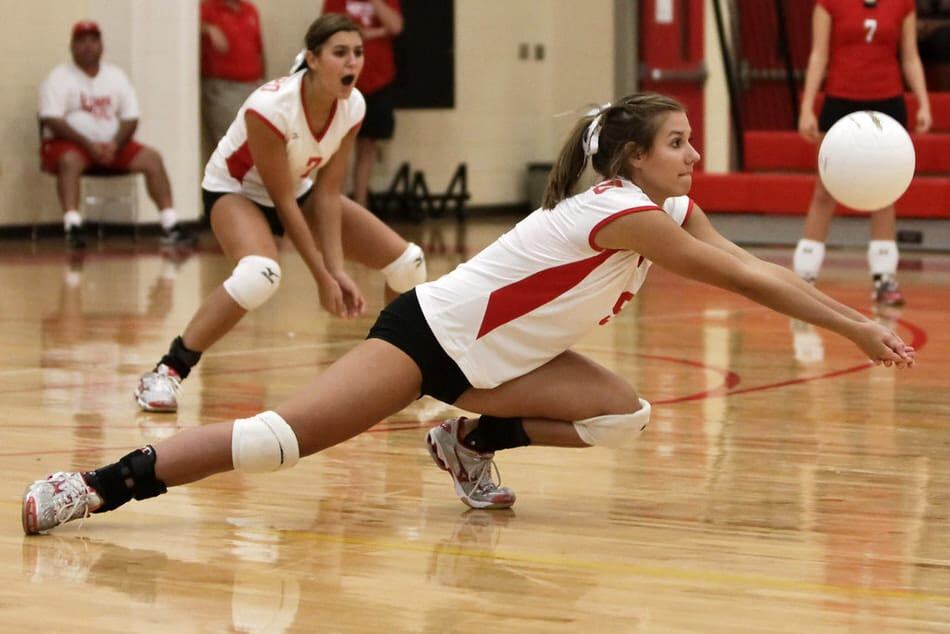
What Is A Dig In Volleyball? Lessons, Drills, And Techniques Better At Volleyball
A dig is a defensive move in which a player uses their hands and arms to keep the ball from hitting the ground on their side of the court. There are many different techniques that can be used to execute a dig, but the most important thing is to keep your arms and hands close to your body and to keep your eyes on the ball at all times.

How to Dig In Volleyball AthleticLift
A dig is an athletic stance that prevents the ball from hitting the floor after being spiked by the opposing team. This essential technique can be your game-changer. No matter what your court position, it is essential to have a good grasp of this skill. Every player should know how to dig properly. Different Types of Digs and When to Use Them

Volleyball Dig
The dig is a defensive play used to receive a spiked or high-velocity ball from the opposing team, and it is mainly executed with the forearm passing technique. This technique involves passing the ball using the arms with a flat platform, and players use their leg and body position to aim the ball.

How To Get More Digs Volleyball Set up for Volleyball
As a digger you need to know the answers to these and you communicate/confirm this to your blockers and other diggers. What Is A Dig In Volleyball? Identify where the setter is as well as the number and location of eligible attackers. 2. Identify where the setter is as well as the number and location of eligible attackers.
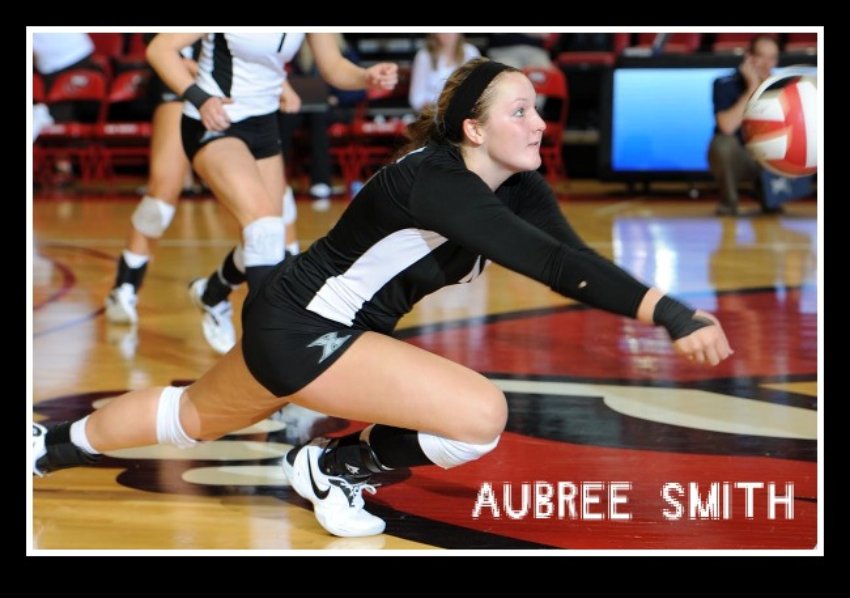
The Volleyball Dig What Is It, When To Do It and How To Dig A Ball
A dig in volleyball is a defensive move that involves receiving and controlling a hard-driven ball from the opponent's attack, allowing the team to transition into offense. In this article, we'll uncover the secrets behind the dig, exploring its significance, techniques, and how it can transform not only your game but also your team's performance.

Defensive specialist in volleyball how to dig a step by step guide Artofit
What is a dig in volleyball? A dig is a defensive bump that keeps the ball from hitting the floor when it's sent to your side of the court with an offensive attack, usually a spike. Anyone can and should learn to dig, so keep reading to learn the techniques to improve your digging. Lessons For Solid Digging Who Has It?
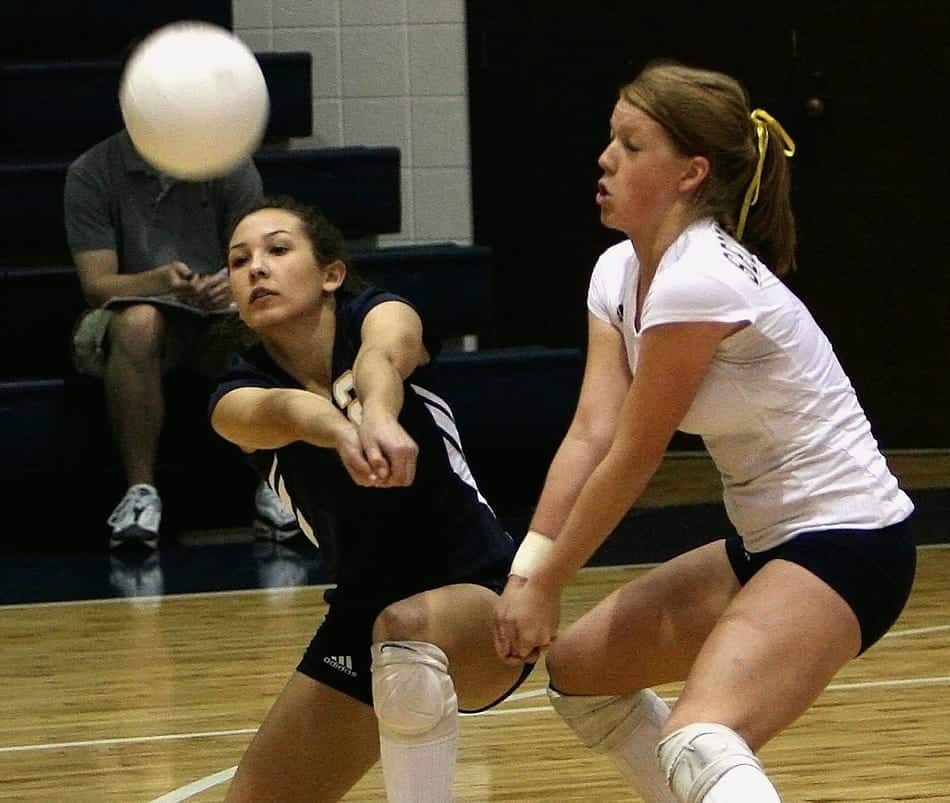
What Is A Dig In Volleyball? Lessons, Drills, And Techniques Better At Volleyball
What Is the Definition of Dig in Volleyball? What Is the Point of Digging in Volleyball? Mastering Different Types of Digs in Volleyball The Absorb Pass Technique Executing the Diving Pass Perfecting the Overhand Pas Effective Techniques - How to Dig A Volleyball Power Preparation Angle Positioning Tips and Tricks for Pain-Free Volleyball Dig

‘Digging’ the new position The Equinox
What Is A Dig In VolleyballDrills and Skills. Keep hands/wrists pressed together at with thumbs of both hands pointing down. Drop hips and widen your stance while using the platform formed with your forearms to deflect the ball in the air. After learning how to dig in volleyball the next goal is to learn how to use a dig in volleyball in order.